Are the first stars of the universe invisible?
- Transfer
Why is it not enough to say "let there be light"
Watch the beauty of life. Look at the stars and how you run along with them.
- Marcus Aurelius
Imagine the familiar night sky. Away from cities on a moonless night, in the darkest places you've seen. If you lie down on the grass and look at the heavens. You look up, the air is cool, and the skies are clear: no clouds are visible.
What will you see?
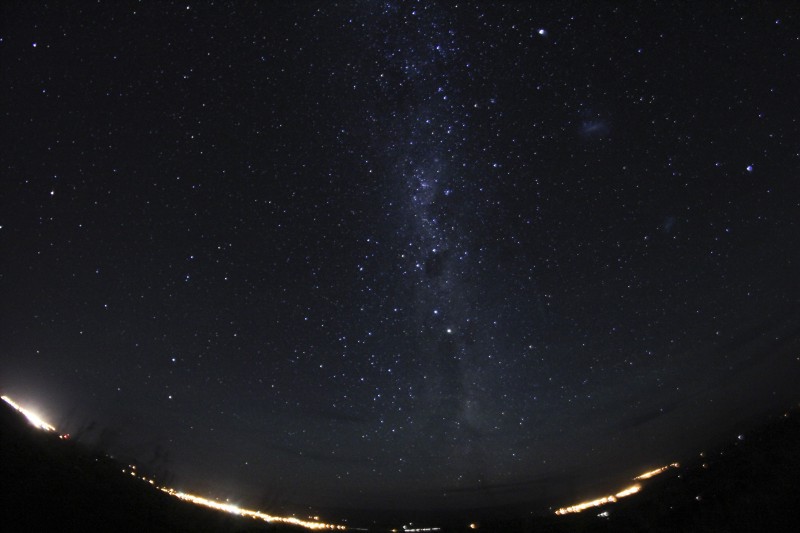
Planets, stars, bright and dim, and even the Milky Way. But perhaps the most amazing thing in the night sky is not the presence of a few scattered lights, but that in almost any direction the sky is dark.
If you think about it, then there is quite a little sense in what is happening.
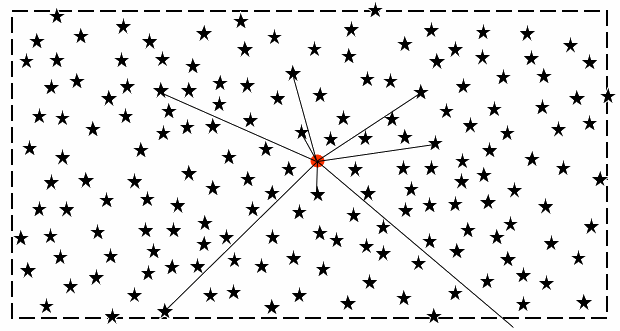
If there were very, very many stars in the Universe — sources of light in all directions — you would expect that wherever you look, your line of sight would meet a star.
And if so, you would not notice any darkness. Each point would be filled with light, no matter how far this star, galaxy, or other source of light is.
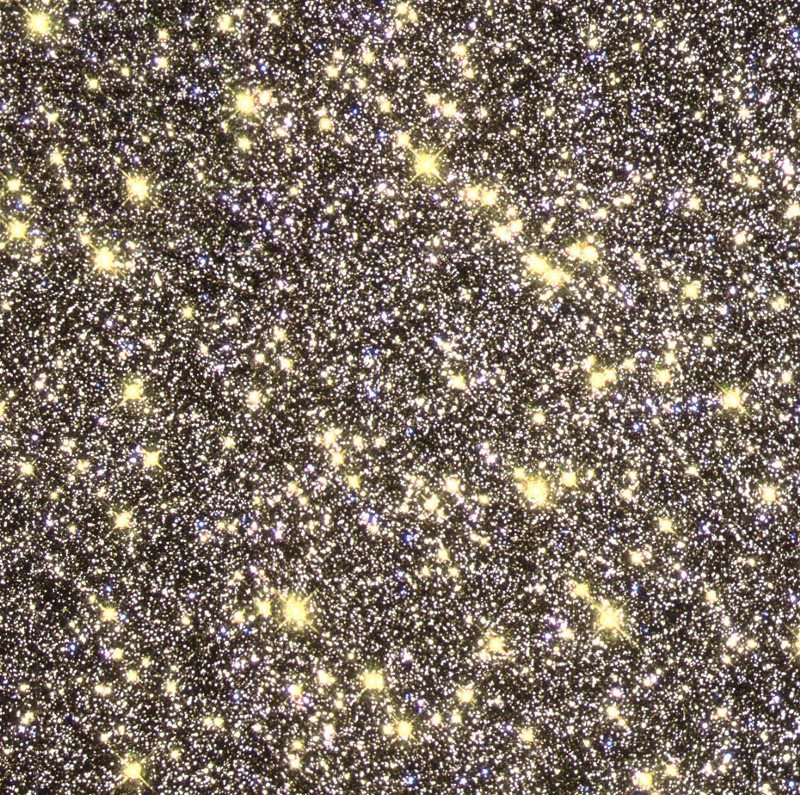
It was one of the greatest paradoxes of the nineteenth century: the Olbers paradox, which showed that the idea of an infinite universe filled with an infinite number of stars placed throughout space was incompatible with the darkness of the night sky.
The solution to this paradox, of course, is that when we look at the remote parts of the Universe, we look into the past. Since the Universe existed in a hot, dense and more homogeneous early state, there was a moment before which there were no stars in the Universe, since it took time for gravity to first gather the original gas into stars. If you look at a sufficiently large distance, then there will not be a single star visible.
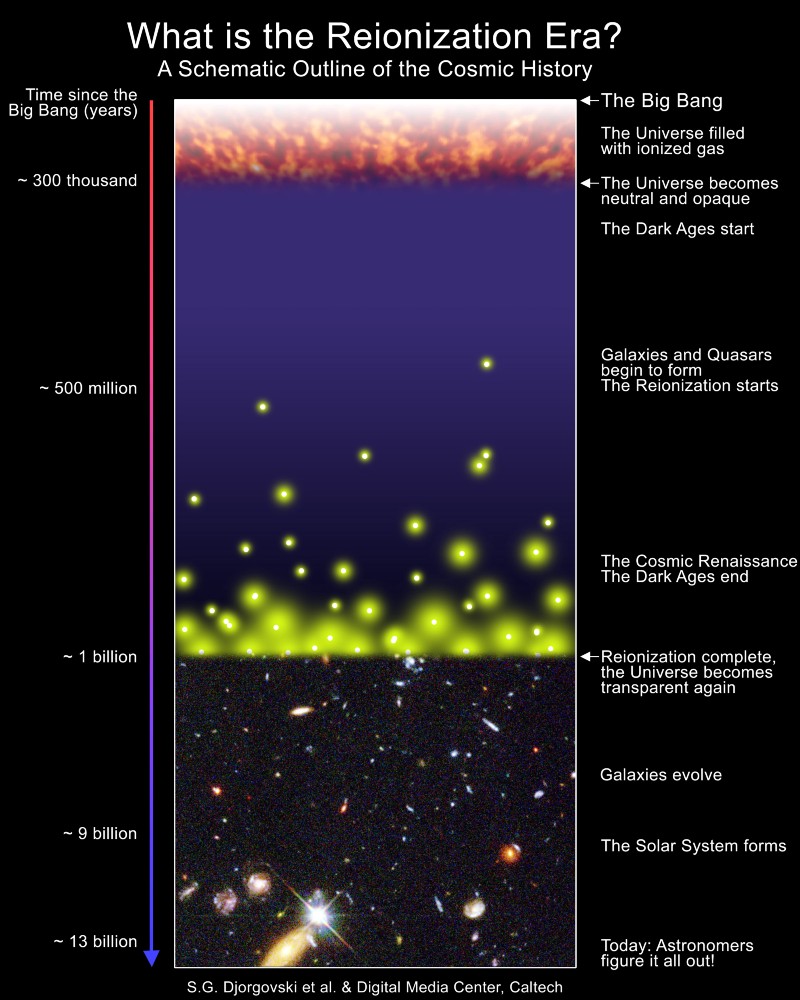
After the Big Bang, the Universe was hot, dense and homogeneous, and it also expanded and cooled. By the age of 380,000 years, it has cooled enough for the first time to form neutral atoms. But in order to see something, there are two obstacles:
1. There is nothing to look at until we create light sources.
2. And even after this, the Universe needs to become transparent.
And although these two problems - the formation of the first stars and the acquisition of the Universe of transparency - are usually united under the name “Dark Ages”, these are two separate problems that the Universe needs to be solved.
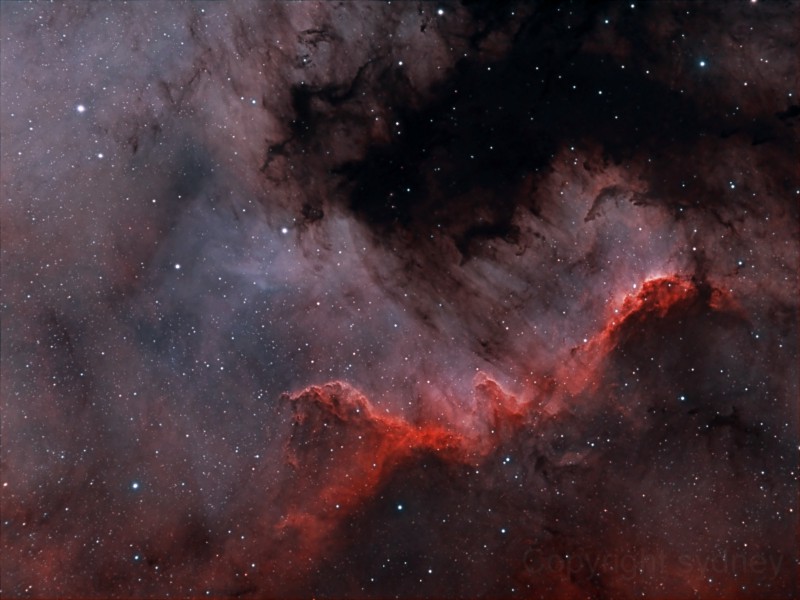
First, before the formation of the first stars, you simply have nothing to look at. And although the Universe was initially almost homogeneous, there were small imperfections, for example, areas in which matter was slightly more than average. Over time, gravity increasingly matter in areas of high density, and they grew into clumps of matter.
After tens of billions of years, these lumps have grown enough to begin to collapse under their own weight. And when the nuclei of these lumps of atoms and molecules are sufficiently compacted, the process of nuclear fusion - burning hydrogen and turning it into helium - finally begins!

These sites of nuclear fusion become the nuclei of the very first stars in the Universe, brightly glowing, and emitting the first visible light from one of the earliest periods of the Big Bang.
This happens just 50 million years after the birth of the Universe, which seems like a very short interval for stars. But there is a problem: not one of these stars is visible to us!
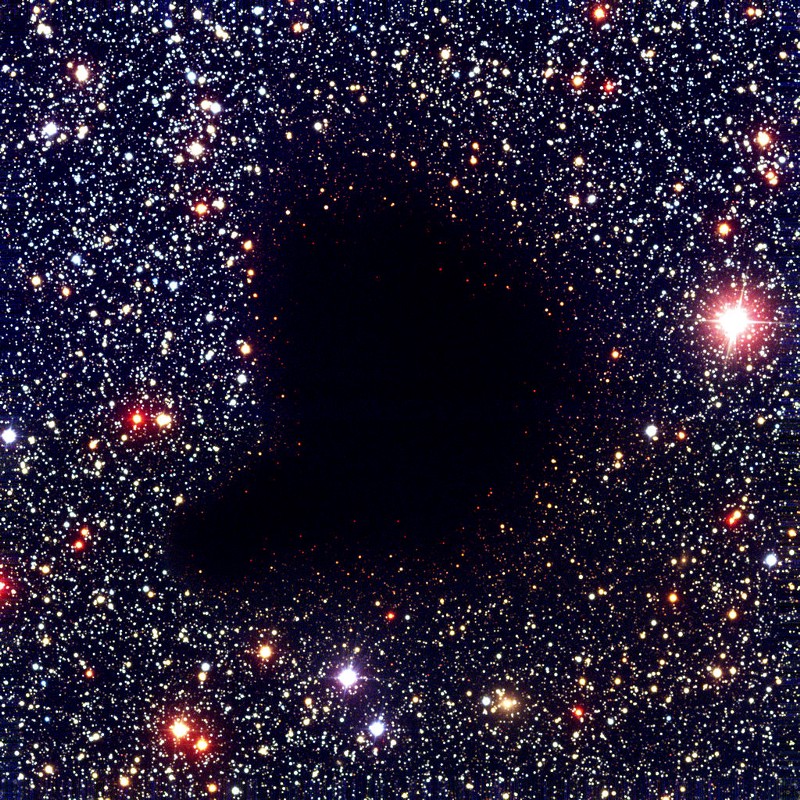
Of course, these stars emit light, just like the stars behind the “dark nebula” above, Barnard 68. It looks so dark because it blocks the light of the stars. Why? Because the atoms and molecules that exist in it are just such that they can absorb visible light.
Although individual atoms have certain transitions in which they can absorb light, being connected in sly configurations, they are able to block the entire spectrum of visible light. It is this kind of opacity that was formed in the Universe at the time of the appearance of the first stars: the light was created, but it cannot reach our eyes.
And how should we be?
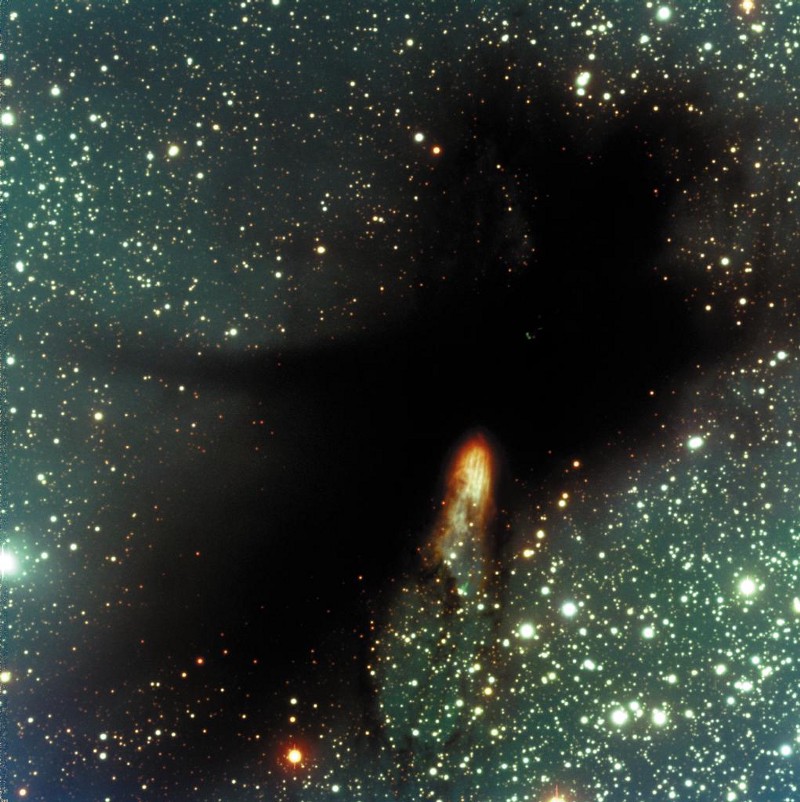
We need to ionize these atoms. More precisely, reionization, since they were previously ionized: before they became neutral.
But this is not a fast process: it requires billions of billions of stars to appear, emit ionizing ultraviolet radiation, and collide with more than 99% of the neutral atoms in the Universe. This process is gradual, and it takes about 550 million years to complete!
Until recently it was thought that reionization — the last phase of the process of gaining transparency in the universe — happened 450 million years after the Big Bang, but this additional factor of 100 million years was determined by recent observations of the Planck satellite.
But this does not mean that the earliest stars of the Universe were formed 100 million years later than we thought - as some authors present.

This means that the very first stars were formed much earlier than we could see them, and that they turned out a little - and they did not burn long enough and were not hot enough to re-ionize the Universe and make it transparent earlier than 100 million years later. .
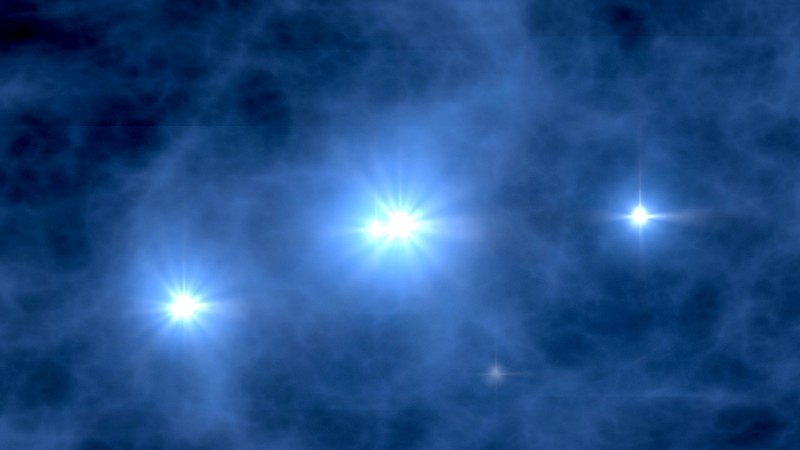
It is not enough just to say “let there be light” in order to see the first stars: it is necessary that this light be able to move freely in space!
In the visible spectrum can not see them. It doesn't matter how good the telescope is to them. Hubble, how long he looks into these parts of the sky, he will never look into the past so far to see the first stars, since then the Universe was opaque to visible light.
But there is hope, and the James Webb Space Telescope will have the potential to turn this dream into a reality.

When viewed in longer wavelengths, these dusty structures of atoms and molecules can be transparent to them. And even if Hubble does not see these stars, James Webb, looking in the infrared (and quite far) range, will be able to look into the past until the time when the Universe was opaque to visible light.
In other words, in just a few years time, we may be able to study the very first stars of the universe, and not just what happened hundreds of millions of years, when the universe became transparent to visible light. So far, the first stars of the universe may be invisible, but the problem lies in our eyes, not in the light!
